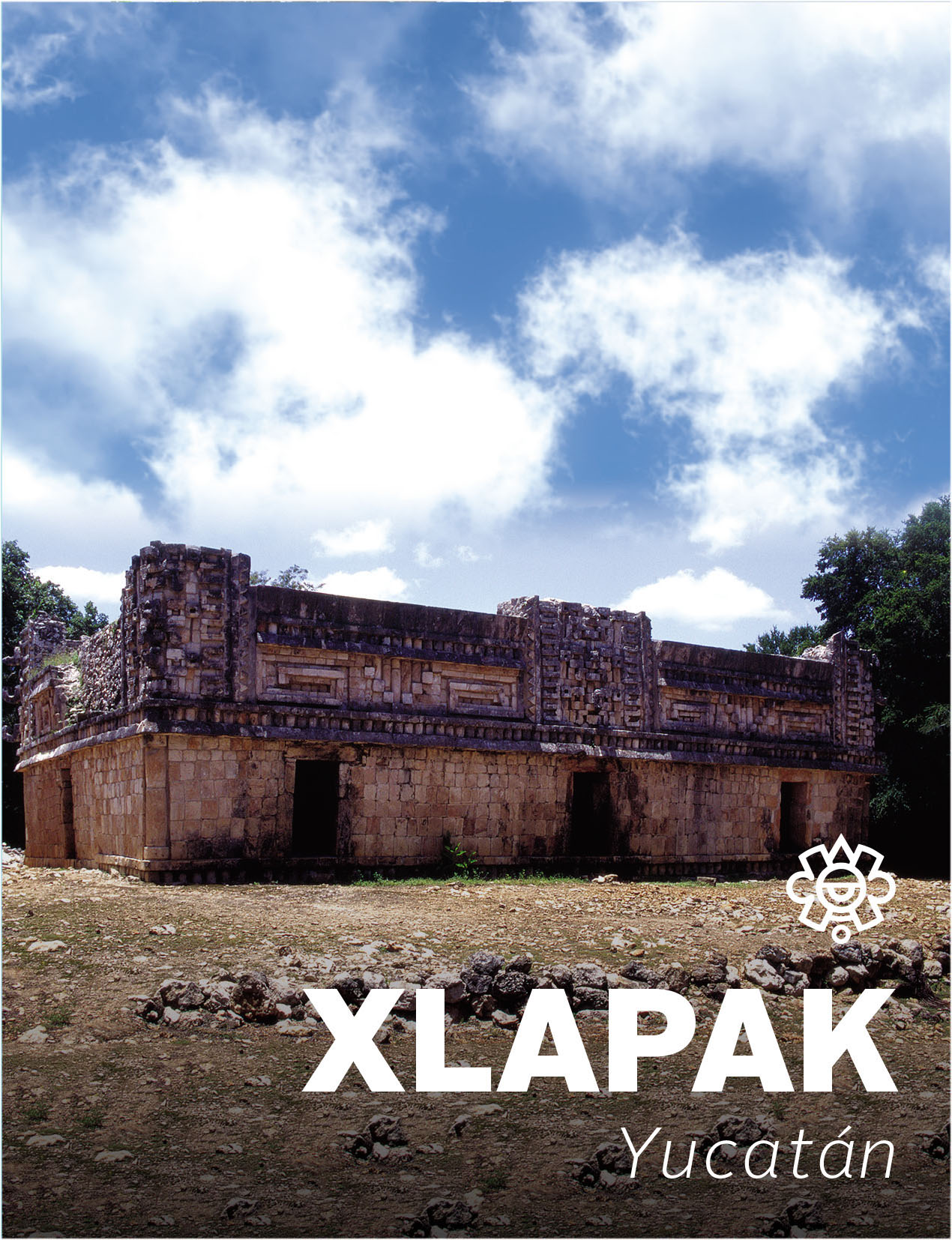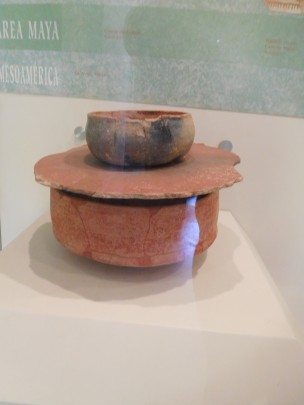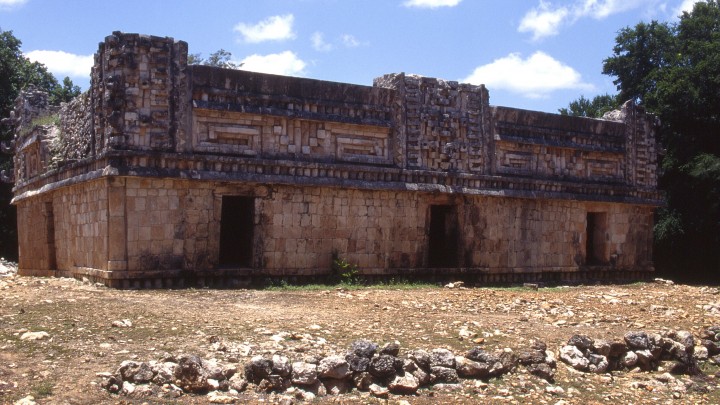Xlapak
Old stone or ruined walls
Twelve and a half centuries ago, the city of Xlapak supplied the Puuc region with agricultural products from land that was very fertile but lacked rivers. Medium-sized buildings are still standing, most notably The Palace, which is finely decorated with stucco facade masks of Chaac the rain god.
About the site
The community of Xlapak flourished between 750 and 950 in a small valley two miles west of Labna. Although its buildings are restrained in style, they indicate a dominant linage which controlled the agricultural resources of the region including the hills and forests. It is possible that these resources were not only used within the settlement, but were also sent to the nearby cities of Labna, Sayil, and perhaps even to Uxmal, which was the capital of the Puuc region in this era. It is probable that this small community was founded during the years of rapid population expansion which took place in the Puuc region between 750 and 950.
Did you know...
- The most fertile soils of the whole Yucatan peninsula is found in the Puuc region.
- Rain was the principal source of water for the Puuc Maya, since there is no surface water in this region.
- The Maya did not make use of metals.
- All the construction materials had to be carried on people's shoulders.
-
+52 (999) 944 4068, +52 (999) 944 0033
-
This email address is being protected from spambots. You need JavaScript enabled to view it.
Directory
Director de la Ruta Pucc
José Guadalupe Huchím Herrera
This email address is being protected from spambots. You need JavaScript enabled to view it.
+52 (997) 976 2064











